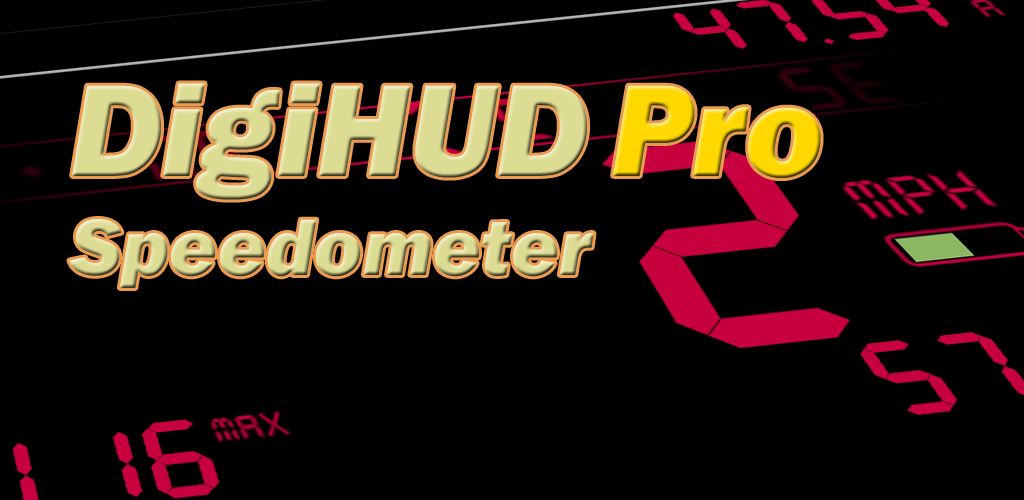One thing I’ve really been wanting to try for a while is just how well DigiHUD performs when using a better GPS receiver than the ones built into our devices, and today I got the chance to do just that.
As anyone who has used the app, or similar GPS location based apps will know, phones have very slow GPS location updates, which is shown by the slowness in updating the speed. Try accelerating and watch the app and your speedometer and you’ll see that the app is at least a second or more behind.
Generally the update rate will be somewhere around 1 per second (1Hz) for built-in GPS, and that means that no matter how fast and efficient the app is there’s going to be a noticeable delay between travelling at X mph and the app displaying it. This is partly why I’ve had no interest in writing a 0-60/0-100 timer. The accuracy just isn’t good enough for me to be happy with the results.
To verify the update rate I’ve written a basic test app that times GPS updates and shows the average updates per second and the number of updates for as long as I run the app. Interestingly, my LG G3 was 1.00/sec and my Samsung Galaxy S3 was 1.01/sec, after both received 365 updates.
Today I received a dedicated high accuracy, high(er) refresh rate, external Bluetooth GPS receiver from Amazon. Here’s the Amazon item if you’re interested.
I took a few quick snaps of the unit itself and the box, but not the included accessories: a USB to Mini USB lead and a Mini USB car power lead.

The GLO in it’s box.

Box detail, showing contents and GLONASS compatibility.
It’s not that big at 75mm x 40mm x 18mm, and weighs about 272g. There’s a USB connector on the side below the power button and the included cables have straight plugs unlike the angled one bundled with my Garmin SatNav.

The unit itself turned on.

Manual, and a penny to show how small the unit is

Underneath with it’s grippy feet.
Set-up for use with Android was painless following these excellent instructions and it was paired with my phone in seconds.
I installed ‘Bluetooth GPS’ from the Play store and configured it as the link above describes. The app can be started/stopped very simply from a widget. It also goes to sleep if the Bluetooth pairing stops.
I could now test it and found that it was averaging just over 7Hz after 1000 updates.

Test app
It’s extremely hot here tonight and I want to try this again when it’s cooler and also outside to see if this makes any difference, after all this unit is capable of 10Hz.
I was able to take the unit for a run out in the car earlier wondering how well DigiHUD Pro would cope with a higher refresh rate. I know the app moves a lot of images around on screen and can get quite memory hungry, especially the compass, even though I’ve tried very hard to manage memory as best I can.
Oh wow. Performance was like night and day! It was so much faster updating and the lag was gone. I was really pleased to see DigiHUD keeping up with the car speedo when accelerating and decelerating. When I slowed to a stop (even quickly), both speeds hit zero at the same time. I was actually shocked at how well my app performed. The graphical compass moved way more smoothly too. It really put a smile on my face!
So it’s early days with the Garmin GLO but from a couple of short tests I’m already blown away by it and will not want to go back to using the phone’s GPS sensor. No thank you! I’m also really pleased with how my app performed, it never missed a beat, although it has shown that I’ll need to change the way the satellite information is deciphered as it thought that GPS was unavailable.
I’ll be leaving a 5* rating on Amazon for the Garmin GLO.
![]()
